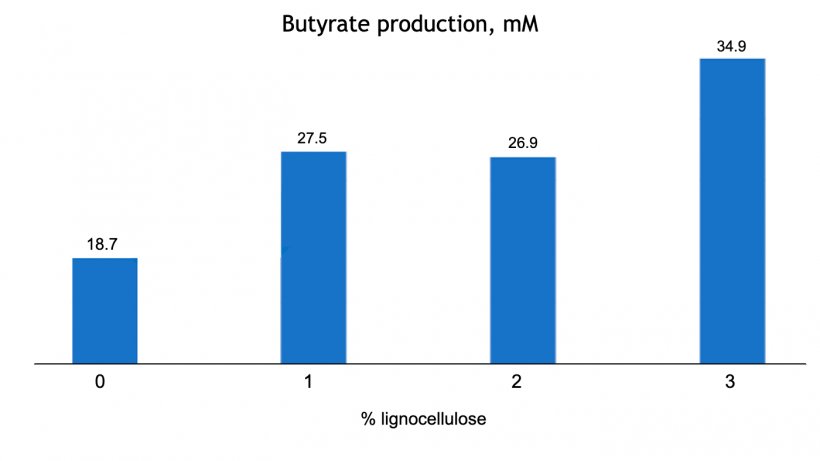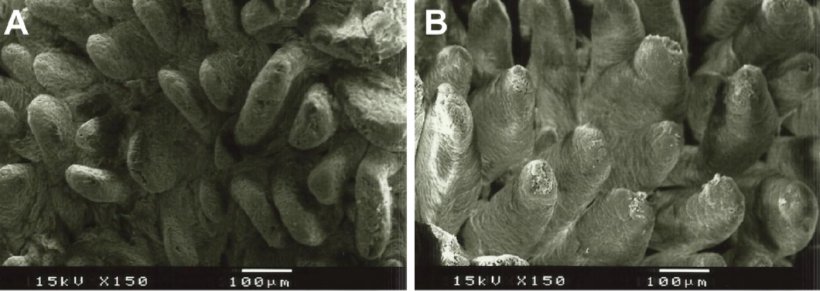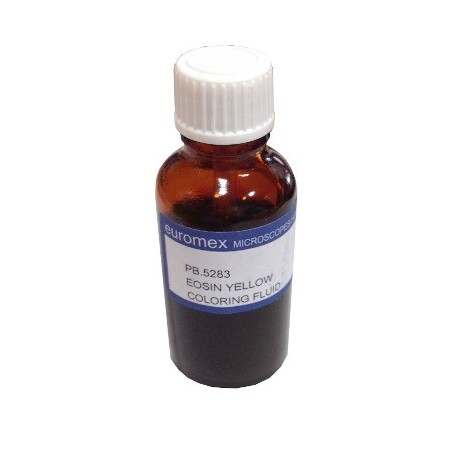Maintaining intestinal health in piglets is one of the main objectives when designing diets without pharmacological levels of zinc oxide. Digestive disorders are a common problem in the post-weaning period and are mainly associated with uncontrolled protein fermentation, affecting the balance between beneficial and potentially pathogenic bacteria, leading to intestinal dysbiosis and diarrhea. The inclusion of dietary fiber, together with reducing protein content, has been proposed as an effective nutritional strategy to control post-weaning diarrhea.
The diversity of composition and complexity of physicochemical properties makes it difficult to establish an adequate definition of fiber. A wide group of raw materials can be considered sources of fiber, although their effects depend directly on particle size, solubility, viscosity, fermentability, and water holding capacity. Therefore, their physiological function in swine cannot be easily predicted. From a nutritional standpoint, dietary fiber is composed of cell wall components that pass through the gastrointestinal tract unaffected by enzymatic hydrolysis until they reach the large intestine, where they serve as the substrate for microbial fermentation (Jha et al., 2019, Mateos et al., 2019). Fermentation end products such as volatile fatty acids (VFA): acetic, propionic, valeric, and especially butyric acid, play an important role in the development of gastrointestinal function. In addition, they can improve nutrient digestibility and absorption (Farré et al., 2021; Lallès and Montoya, 2021). The effect of fiber on VFA production can be produced by the fermentable fraction of the fiber, or by changes in the microbiota, as can be seen in Figure 1.

Figure 1. Dose-dependent effect of lignocellulose inclusion on butyrate production (mM) in weaned piglets at 63d of life (Adapted from Silva-Guillen et al., 2022) P=0.001 SEM= 1.810.

Insoluble fiber fermentation is moderate and prolonged, whereas soluble sources ferment more rapidly, producing higher levels of VFA (Jaworski and Stein, 2017; Jha et al., 2019; Tao et al., 2019). Insoluble fiber provides more advantages in piglets at early ages. Its inclusion at moderate levels allows for maintaining production indices while favoring intestinal integrity (Figure 2, Pluske et al., 2014; Slama et al., 2020, Silva-Guillen et al., 2022). In addition, it helps to control the incidence of post-weaning diarrhea (Kim et al., 2008).

Figure 2. Electron microscope image of the duodenal mucosal surface in weaned piglets fed A: diet without added fiber (villi height: 538µm), and B: lignocellulose at 1% (villi height: 616µm) (Adapted from Silva-Guillen et al., 2022).
Opposite effects have been observed with the use of soluble and rapidly fermentable sources in pre-starter diets (Molist et al., 2014; Berrocoso et al., 2015). Ingredients such as beet pulp or citrus pulp increase intestinal viscosity, which, due to the limited digestive capacity of piglets, decreases intake, alters intestinal morphology (Hendemann et al., 2006, Pascoal et al., 2015; Shang et al., 2019), nutrient digestibility (Jha and Berrocoso, 2015; Navarro et al., 2019), and ultimately leads to compromised animal growth. However, these undesirable effects diminish with age, as the animal's digestive capacity and microbiota diversity develop, and fermentative capacity becomes more efficient.
On the other hand, it is worth mentioning another group of fibers such as oligosaccharides (FOS, GOS, MOS, XOS), or inulin which, despite being soluble, present a prebiotic activity, providing substrate for the selective growth of Lactobacillus and Bifidobacterium microbiota, as well as limiting the proliferation of pathogens (Schokker et al., 2018; Chang et al., 2019).
Post-weaning diet design based on reduced protein content and an appropriate selection of fibrous ingredients can be an effective way to control digestive problems. Both insoluble and soluble fiber sources exert effects on intestinal morphology and physiology, such as modulation of microflora. During the first two weeks post-weaning, intestinal health is most benefited by feeding insoluble fiber sources that may be accompanied by a small proportion of prebiotic fiber. On the other hand, in the starter diet the inclusion of soluble and fermentable fiber can be greater, given greater maturity of the gastrointestinal tract, as long as ingredients that do not alter intestinal viscosity are used. The joint administration of insoluble and prebiotic sources can provide advantages due to their synergistic activity, directing fermentation to promote the proliferation of beneficial bacteria, and enhancing the barrier effect necessary to control post-weaning diarrhea.






